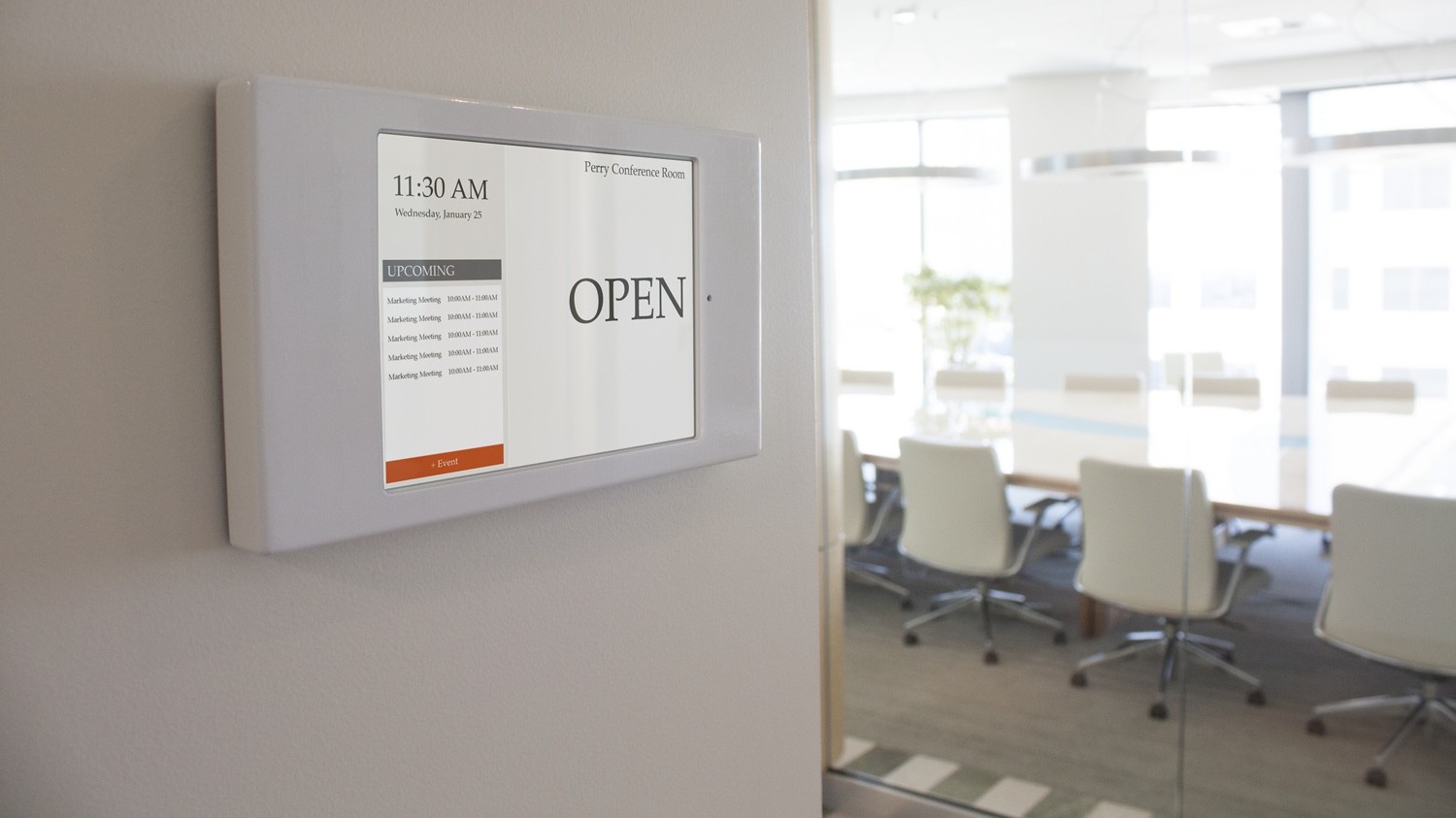Your business may have operating hours but your IT infrastructure runs all-day and all-night! Does that mean your employees should too? Of course not! However, IT relies heavily on human resources: people and time. It is how resources are managed that will help keep your business moving forward.
In 2014, Gallup reported that 50% of full-time employees in the United States worked above the standard “40-Hour” workweek. The average number of hours worked was estimated at 47 hours per week. Some countries have laws setting terms for overtime pay, while others, like the U.S. leave it to the employer or Canada where it’s left to local jurisdiction.
For those in IT, it can be quite easy to surpass the numbers of the standard “40-Hour” work week. Help desk support, project implementations and being “on-call” are placed on top of day-to-day responsibilities for your team members. Depending on your employees’ skillsets and your need for resources, IT managers need to ensure the department isn’t being overworked and stressed.
Whether you lead an IT firm or work within a corporation, your team needs to provide support to clients, often fellow employees, with their technical needs and requirements. Marketing, sales, operations and even your cafeteria rely on IT. Regardless of the size of your company, big or small, technology is how we do business. For many, IT is the heart and connects employees to each other and their partners.
Some examples of how IT fits into one’s business:
1. A multi-national company has cross-border and cross-functional teams that require conference room technology to work through wireless presentations
2. The cafeteria staff has to submit orders to partners via web, phone and even fax.
3. A local coffee needs to install a WiFi network for customers to access for free
What are some ways to manage resources over a 24-hour period? Well, there’s no simple answer. Every business is different. However, here are some tips to consider in how to make the most of our your team and their time to cover a 24-hour day:
1. Create an organizational structure map, noting specialties of team members. If members are remote, include their location and time zone
2. Develop a resource calendar showing tasks and projects assigned and time availability
3. Set the right expectation with team members in pay (including overtime), flexibility, project timelines, etc. to ensure proper coverage when necessary
4. Communicate with clients, partners and fellow employees on how your team will work within them and provide productivity and management tools like a help desk ticketing system
Your IT works beyond when the office doors close for the day. Remember that an overworked team will not produce as much as a balanced, engaged one. Think about how you can make the most of your resources, while keeping employees motivated to work with and for you.
Does your team work across a 24-hour period? How are you managing it? Share your tips with us!
Want to set up a wireless Conference Room?Try Now



As I have written in LinkedIn, at least one thing makes IT the hardest job: lack of precise definition for so many terms. What is the meaning of Big Data? What size that is considered big? Another example is Data Architecture. What does it mean? There are simply too many, and ad hoc.